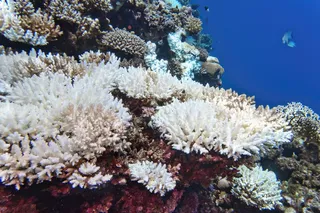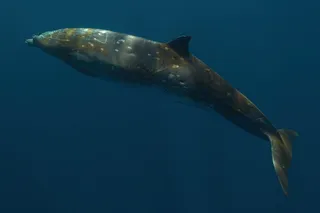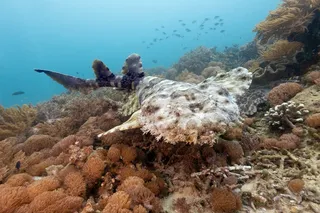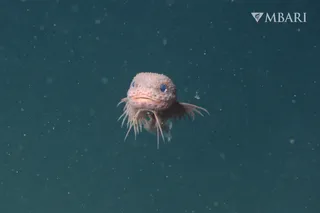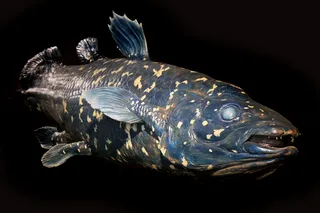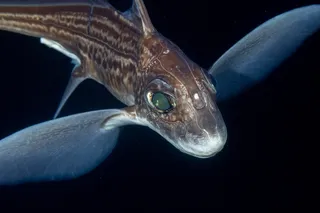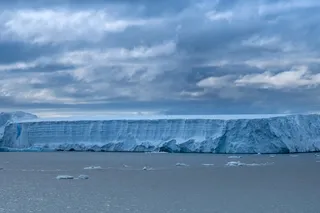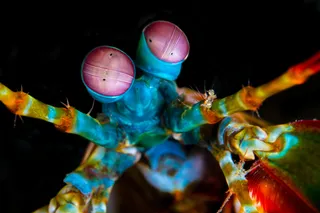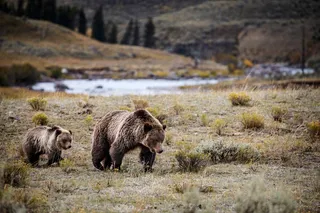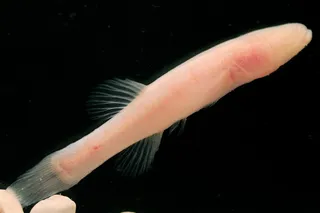The evolutionary history of the extinct ratite moa and New Zealand Neogene paleogeography:
...We synthesize mitochondrial phylogenetic information from 263 subfossil moa specimens from across NZ with morphological, ecological, and new geological data to create the first comprehensive phylogeny, taxonomy, and evolutionary timeframe for all of the species of an extinct order. We also present an important new geological/paleogeographical model of late Cenozoic NZ, which suggests that terrestrial biota on the North and South Island landmasses were isolated for most of the past 20-30 Ma. The data reveal that the patterns of genetic diversity within and between different moa clades reflect a complex history following a major marine transgression in the Oligocene, affected by marine barriers, tectonic activity, and glacial cycles. Surprisingly, the remarkable morphological radiation of moa appears to have occurred much more recently than previous early Miocene (ca. 15 Ma) estimates, and was coincident with the accelerated uplift of the Southern Alps just ca. 5-8.5 Ma. Together with recent fossil evidence, these data suggest that the recent evolutionary history of nearly all of the iconic NZ terrestrial biota occurred principally on just the South Island.
"Subfossil" means that it hasn't totally fossilized and one can extract organic material from the remains.


